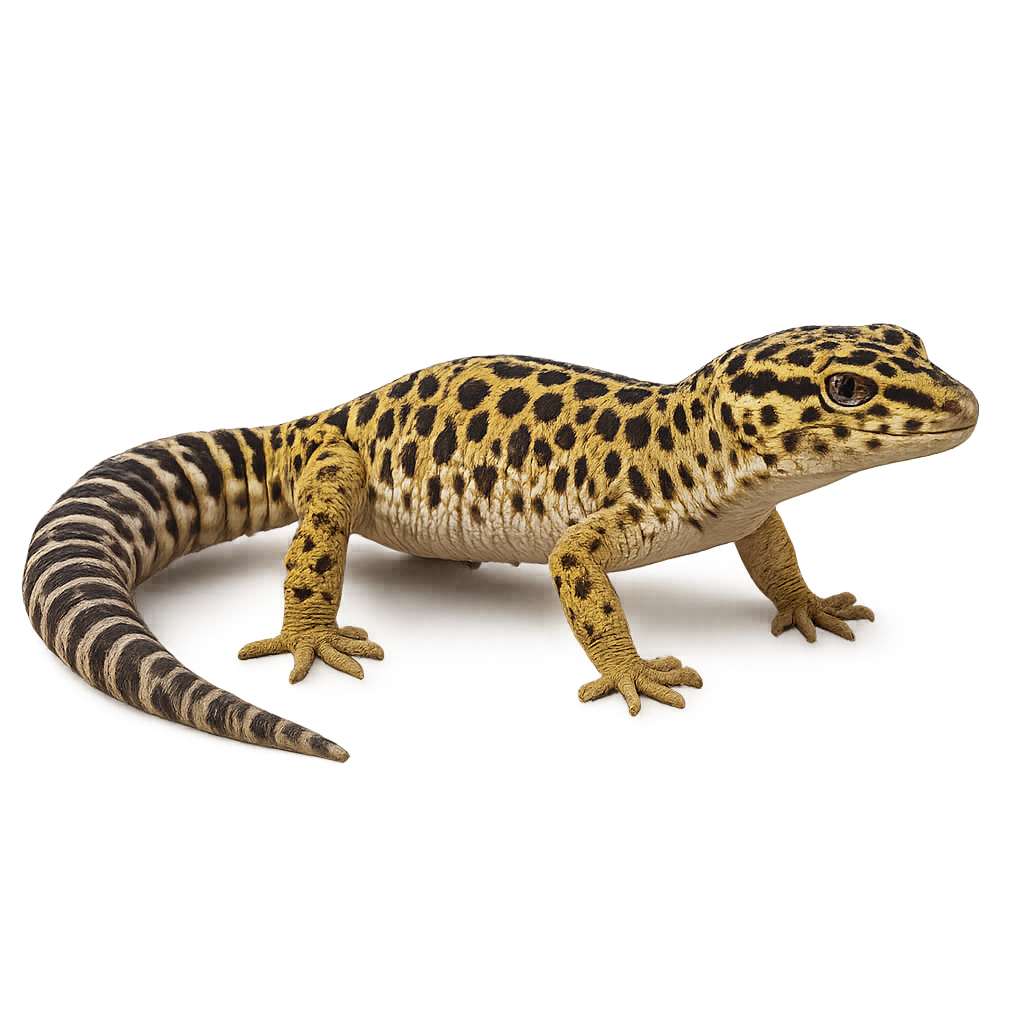Your wildlife photography guide.
Explore the leopard gecko in detail, study its behavior, prepare your shots.
Where to observe and photograph the leopard gecko in the wild
Learn where and when to spot the leopard gecko in the wild, how to identify the species based on distinctive features, and what natural environments it inhabits. The WildlifePhotographer app offers tailored photography tips that reflect the leopard gecko’s behavior, helping you capture better wildlife images. Explore the full species profile for key information including description, habitat, active periods, and approach techniques.
Leopard gecko
Scientific name: Eublepharis macularius

IUCN Status: Least Concern
Family: GEKKONIDAE
Group: Reptiles
Sensitivity to human approach: Suspicious
Minimum approach distance: 3 m
Reproduction period: June to November
Incubation: 25-30 jours
Births: June to November
Habitat:
Deserts, rocky areas, dry forests
Activity period :
Mainly active at night, generally discreet during the day.
Identification and description:
The Leopard gecko is a terrestrial species native to the desert and semi-desert regions of Asia, particularly Pakistan, India, and Nepal. This gecko is easily recognized by its dark spots on a pale yellow background, giving it a unique appearance. Unlike other geckos, it has movable eyelids, allowing it to blink, unlike other species that have fixed eyelids. The Leopard gecko is a nocturnal predator, primarily feeding on insects and small invertebrates. It is popular in the reptile trade due to its calm temperament and ease of care.
Recommended lens:
Macro – adjust based on distance, desired framing (portrait or habitat), and approach conditions.
Photography tips:
Photograph the Leopard gecko with soft lighting, preferably at night, to capture its vibrant colors and distinctive spots. Use a macro lens to capture the details of its skin and eyes. Be patient, as this gecko may spend long periods resting or hiding. It is also recommended to use natural lighting to highlight its colors without disturbing its nocturnal behavior.
The WildlifePhotographer App is coming soon!
Be the first to explore the best nature spots, track rutting seasons, log your observations, and observe more wildlife.
Already 1 432 wildlife lovers subscribed worldwide

